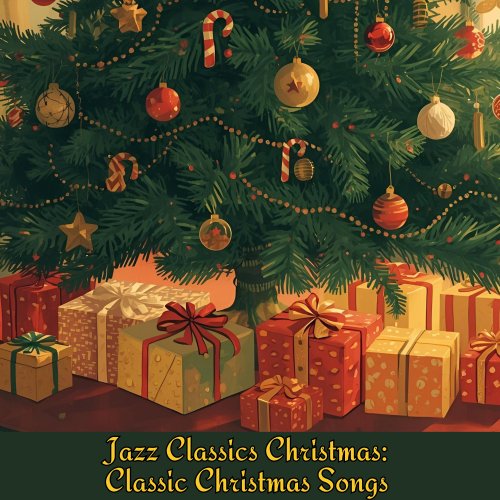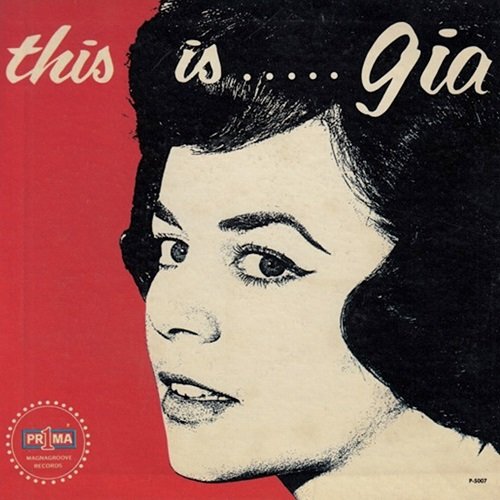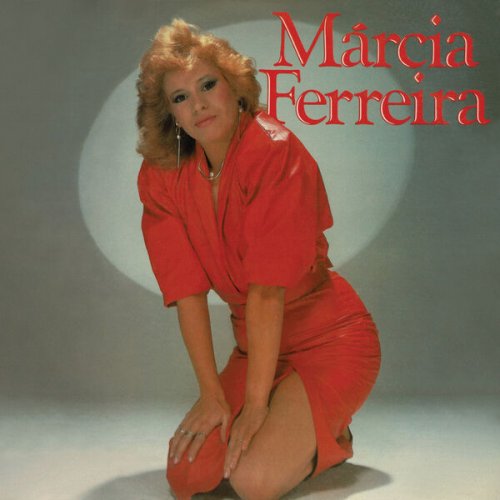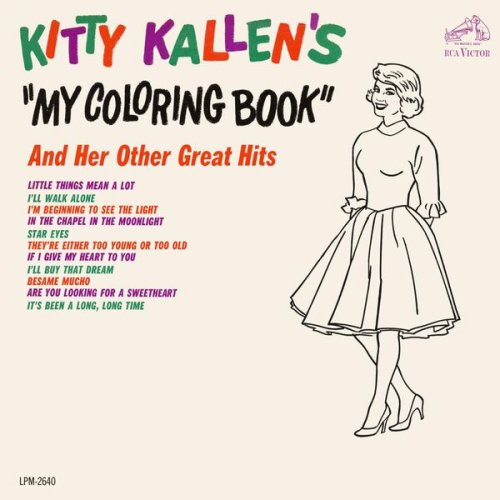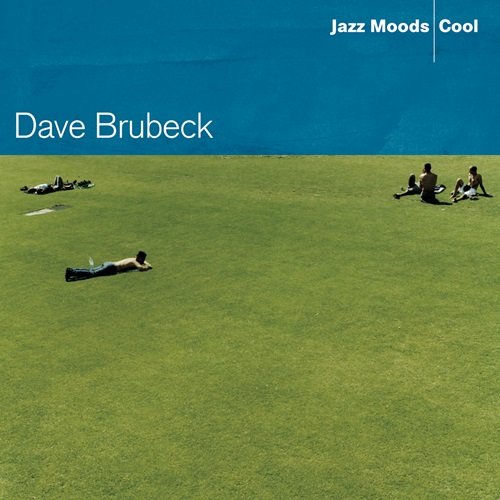Alain Lefévre, George Hanson, Tucson Symphony Orchestra - André Mathieu: Piano concerto № 4, Scénes de Ballet, Quatre Chansons (2008)
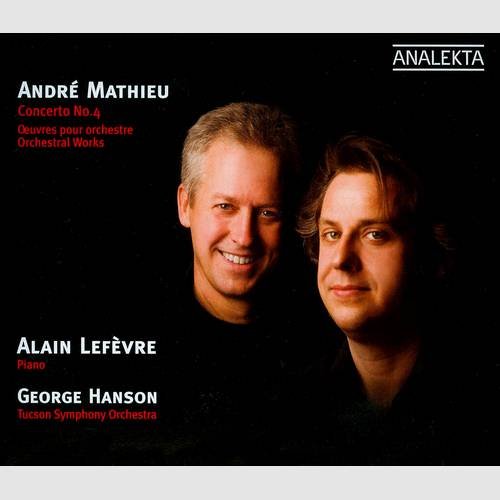
Artist: Alain Lefévre, George Hanson, Tucson Symphony Orchestra
Title: André Mathieu: Piano concerto № 4, Scénes de Ballet, Quatre Chansons
Year Of Release: 2008
Label: Analekta
Genre: Classical
Quality: FLAC (tracks)
Total Time: 74:22
Total Size: 348 Mb
WebSite: Album Preview
Tracklist: Title: André Mathieu: Piano concerto № 4, Scénes de Ballet, Quatre Chansons
Year Of Release: 2008
Label: Analekta
Genre: Classical
Quality: FLAC (tracks)
Total Time: 74:22
Total Size: 348 Mb
WebSite: Album Preview
André Mathieu (1929-1968)
Concerto No. 4 In E Minor pour Piano et Orchestre (1947-)
I. Allegro (14:50)
II. Andante (15:40)
III. Allegro Con Fuoco (11:02)
Scénes de Ballet, suite pour orchestre (1936-39/1945)
1. Lullaby (2:14)
2. Lament (2:36)
3. In The Fields (8:12)
4. Dance Of The Mischievous (9:05)
Quatre Chansons pour Choeur et orchestre (1957)
I. Oh! My Beautiful Love (2:59)
II. The Dear Hands (2:38)
III. It Is Crying In My Heart (2:20)
IV. If You Think (2:46)
Performers:
Alain Lefévre, piano
George Hanson, conductor
Tucson Symphony Orchestra
André Mathieu was a child prodigy at the piano who evolved into one of Canada's most distinctive, original, and universal- sounding composers well before he reached the age of 20. This was followed -- as is typically the case with many prodigies -- by an adulthood marked with mental illness, alcoholism and an early death; moreover, his tragedy was further complicated by the marginalization of Mathieu's music. There was no place for his slightly modern-impacted, unashamedly post-romantic style in an era dominated by formal procedures, contrived innovations, and the very concept of "international style." The chaos of his later years led to the loss of many Mathieu scores, including the Piano Concerto No. 4 in E minor heard here for the first time since Mathieu himself dropped out of concert life in 1955, performed by Canadian pianist Alain Lefèvre with the Tucson Symphony Orchestra under George Hanson. Mathieu's original score is so long gone that when Lefèvre was handed a bag containing the lacquer disc recordings of the work from a friend of Mathieu's after a 2005 concert, Lefèvre thought that the discs represented a work already known. Lefèvre -- Mathieu's greatest booster among concert artists -- wasn't even aware Mathieu had written a fourth piano concerto, though he identified the central movement from its reworked version as the "Rhapsodie romantique," and found other bits and pieces of the work in additional recordings of Mathieu's playing. Without a note of original manuscript to work with, musicologist Gilles Bellemare pulled together these sources and raised a playable score, premiered in Tucson in May 2008. It is filled out with the already recorded Scènes de Ballet -- last recorded by Philippe Entremont in the late '70s -- in a stunning new recording and another first, the Quatre Chansons pour choeur et orchestre (1946-1957) from an edition prepared by Bellemare in 2005. This Analekta release, André Mathieu: Concerto No. 4, was recorded at the first revival of the work in concert, and was released in record time, before the end of the year in which the concert itself was presented. Such haste was not without some sense of purpose, as there are big plans for observance of what would have been Mathieu's 80th birth year, including a biography of and feature film based on Mathieu's tumultuous life.
The "new" Mathieu concerto sounds, in a superficial sense, like a Rachmaninoff concerto and should easily appeal to a wide audience; however, it is also a tough, dark work of extreme seriousness and betrays a strong French sensibility. It is lyrical, dramatic, and intense, and the live concert performance is dedicated and emotionally charged. The orchestration here and there sounds a little uncertain and off-balance, though this is probably due in part to the limited sound of the recordings Bellemare had to work with and is not out of character with Mathieu's working habits as an orchestrator. Hanson and the Tucson Symphony turn in a sparkling performance of the Scènes de Ballet, an early work that contrasts a simple "Berceuse" that Mathieu composed when he was nine to meatier, dramatic music reminiscent at times of Bernard Herrmann's work. The Quatre Chansons are in the vein of early twentieth century French choral music; they are gorgeous settings, and emphasize Mathieu's skill, imagination, and originality. If one's taste runs to the grand romantic gesture, this should certainly satisfy, and it challenges one's notions as to the very idea of when the historic trade-off between romanticism and the modern truly occurred, as this engaging and passionate concerto falls more or less exactly between Rachmaninoff's Symphonic Dances and Richard Strauss' Vier Letze Lieder; perhaps the ultra-modernists simply chose not to pay attention?
The "new" Mathieu concerto sounds, in a superficial sense, like a Rachmaninoff concerto and should easily appeal to a wide audience; however, it is also a tough, dark work of extreme seriousness and betrays a strong French sensibility. It is lyrical, dramatic, and intense, and the live concert performance is dedicated and emotionally charged. The orchestration here and there sounds a little uncertain and off-balance, though this is probably due in part to the limited sound of the recordings Bellemare had to work with and is not out of character with Mathieu's working habits as an orchestrator. Hanson and the Tucson Symphony turn in a sparkling performance of the Scènes de Ballet, an early work that contrasts a simple "Berceuse" that Mathieu composed when he was nine to meatier, dramatic music reminiscent at times of Bernard Herrmann's work. The Quatre Chansons are in the vein of early twentieth century French choral music; they are gorgeous settings, and emphasize Mathieu's skill, imagination, and originality. If one's taste runs to the grand romantic gesture, this should certainly satisfy, and it challenges one's notions as to the very idea of when the historic trade-off between romanticism and the modern truly occurred, as this engaging and passionate concerto falls more or less exactly between Rachmaninoff's Symphonic Dances and Richard Strauss' Vier Letze Lieder; perhaps the ultra-modernists simply chose not to pay attention?
![Tomasz Stańko - Piece for Diana and Other Ballads (Polish Radio Sessions vol. 1/6) (2025) [Hi-Res] Tomasz Stańko - Piece for Diana and Other Ballads (Polish Radio Sessions vol. 1/6) (2025) [Hi-Res]](https://www.dibpic.com/uploads/posts/2025-12/1765788761_cover.jpg)
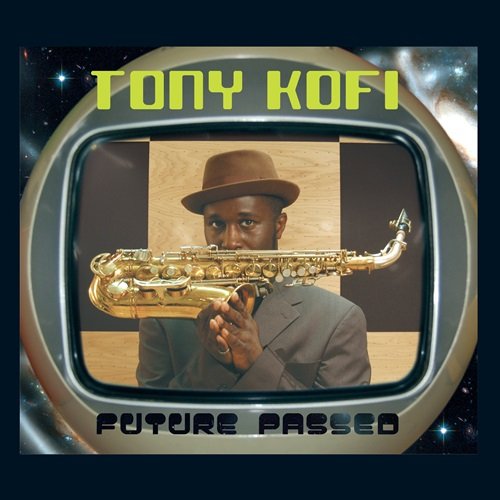
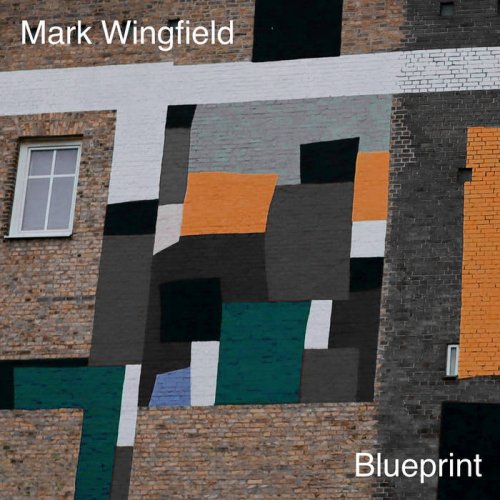
![Mark Northam - More Music From The Pixar Films For Solo Piano (2025) [Hi-Res] Mark Northam - More Music From The Pixar Films For Solo Piano (2025) [Hi-Res]](https://img.israbox.com/img/2025-12/17/qc8ci6ocl25zt4m9ojnjn3k2k.jpg)
